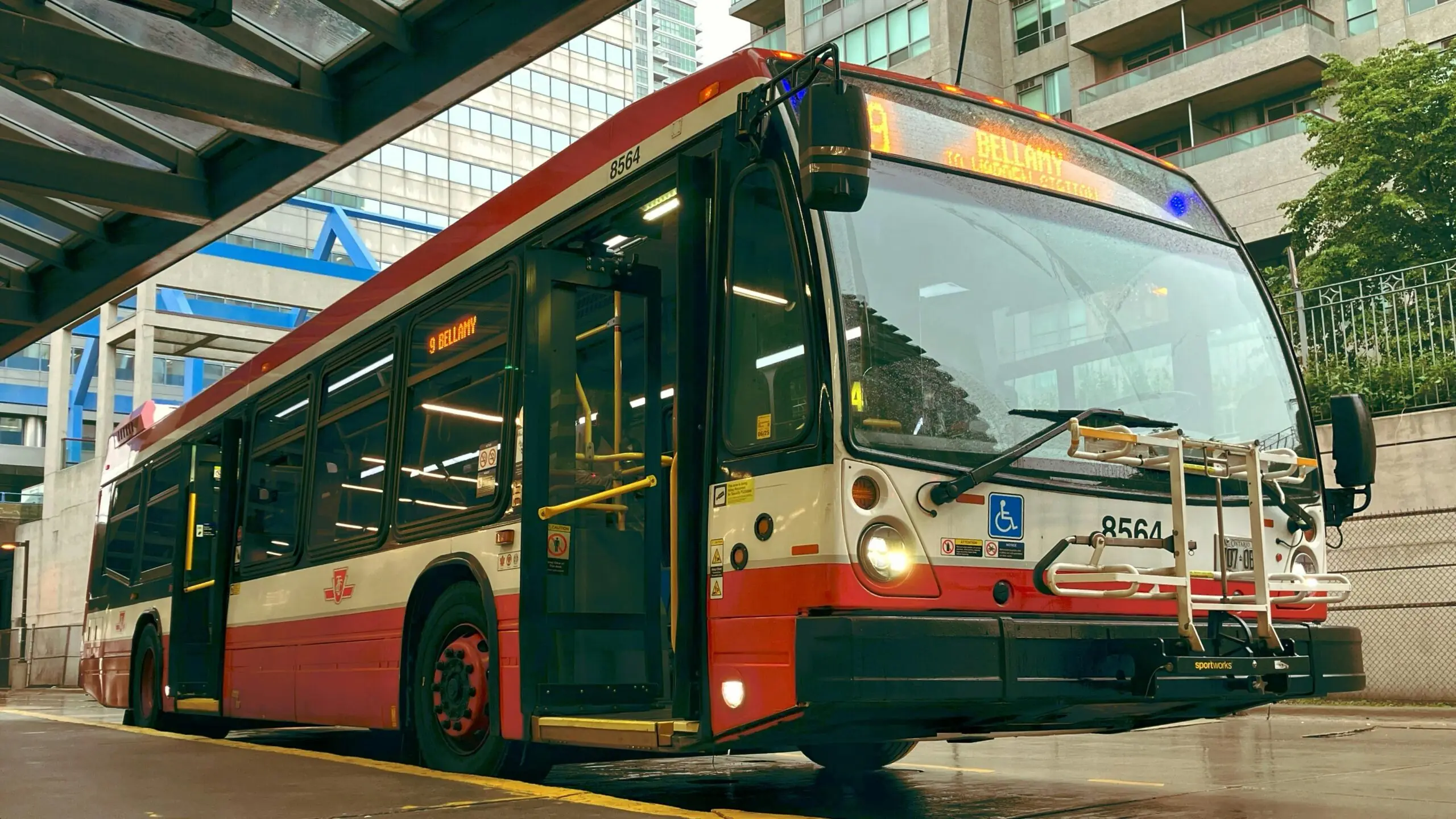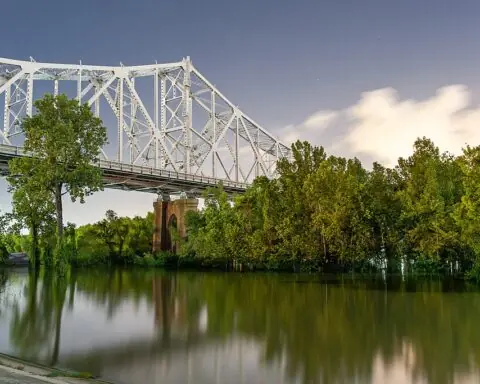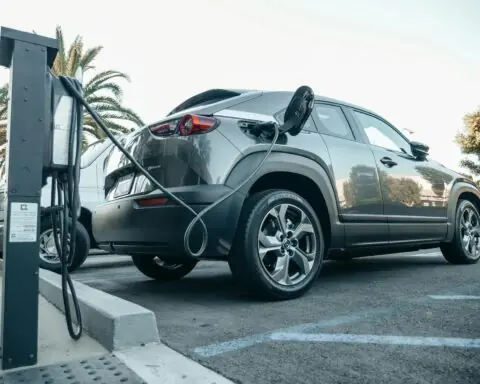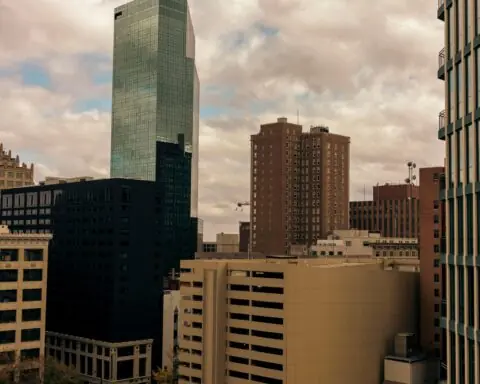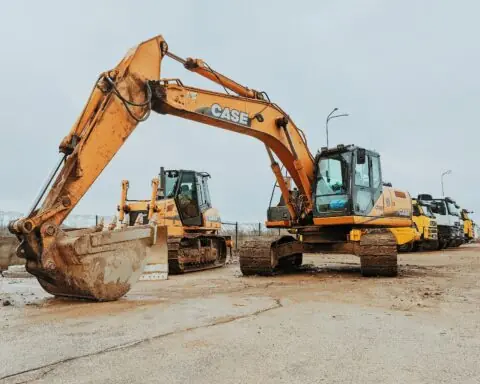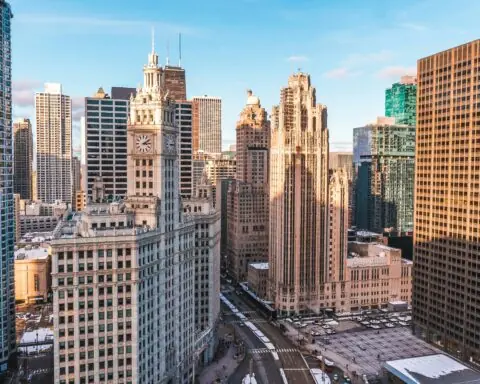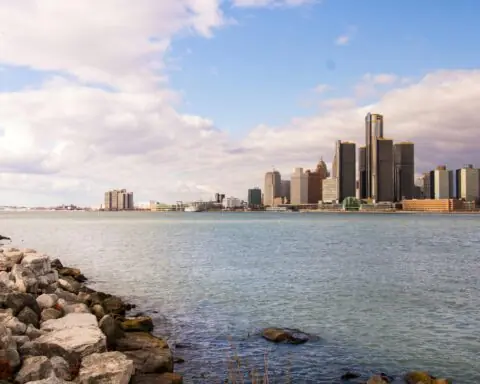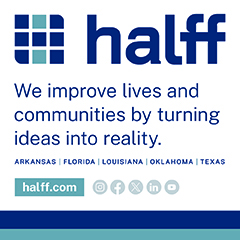The city of Raleigh, North Carolina, has initiated the final design phase for the Southern and Western portions of the Wake Bus Rapid Transit (BRT) projects. Estimated to cost approximately $455.9 million combined, construction on the project is anticipated to begin on the Southern Corridor in 2026 and on the Western Corridor in 2027.
The Southern Corridor will cover a 5.1 mile stretch of road from downtown to the town of Garner. The completed route will provide several BRT improvements to the corridor, including dedicated bus lanes and 10 weather-protected BRT stations at strategic points. Plans include installing Transit Signal Priority (TSP) at lights to streamline bus operations and maintain a reliable schedule.
The line will be divided into three segments: a Business Access and Transit (BAT) Lane, a Bus-Only Lane and a Mixed Traffic section. This section will consist of two general purpose lanes placed between a dedicated BAT Lane and a parking lane.
The Bus-Only Lane will feature two median transit lanes exclusively used for buses. This section will feature landscape buffers separating the general-purpose lanes, bike lanes and sidewalks. The BRT route will later merge with the regular Mixed Traffic section, where the buses will operate within two general purpose lanes in each direction with a median landscape buffer separating the roadways.
The Western Corridor will be approximately 12 miles long, providing similar dedicated bus lanes between Raleigh and the city of Cary. The city anticipates building up to 18 weather-protected stations to service the route. In addition, the route will have TSP installed at all lights to ensure buses receive priority while in-transit.
Similar to the Southern Corridor, the Western portion of the BRT network will operate in both dedicated transit lanes and mixed traffic along similar configurations. Raleigh also plans to build a multimodal transit facility in Cary to serve as the terminus of the line. A park-and-ride and transfer facility may be implemented at the terminus through a separate project.
Each BRT route will include at-grade stations featuring stops, platforms, terminals and shelter for transit passengers. The city will install retaining and sound walls as needed and installed required site utilities.
The Southern and Western Corridors are part of a larger BRT project designed to enhance mobility and accessibility between Downtown Raleigh and its neighboring cities and towns. The New Bern Avenue Corridor has already opened bids for construction contracts, whereas the Northen Corridor is moving into the final phases of a Major Investment Study.
Photo by Ahnaf Piash from Pexels



